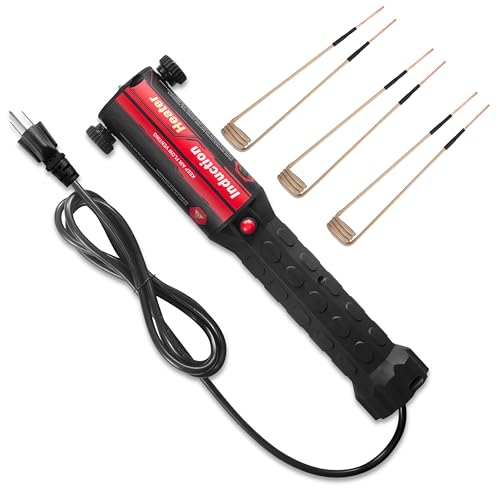truckster
Well-known member
We used a lot of aluminum on the Porsches. It will always get some scuffing and wear, scratches, etc. just from normal use.
We used a 3M pad and "cleaned" the surface, stroking in straight, linear motion. It's quick, easy, gives it a clean, simple, muted appearance that can easily be touched up when (not if) necessary.
Did I mention it looks good? It's your truck, do what looks good to you.
We used a 3M pad and "cleaned" the surface, stroking in straight, linear motion. It's quick, easy, gives it a clean, simple, muted appearance that can easily be touched up when (not if) necessary.
Did I mention it looks good? It's your truck, do what looks good to you.


































































